Kubernetes Monitoring Tools: Definite List
Introduction
Kubernetes is the leading container orchestration tool for managing and delivering applications. Having efficient Kubernetes tools becomes crucial as clusters grow.
Kubernetes monitoring tools provide an overview of cluster performance and resource usage. Cluster metrics allow for identifying problems and troubleshooting issues on the go.
This article explores free open-source and paid commercial Kubernetes monitoring tools.
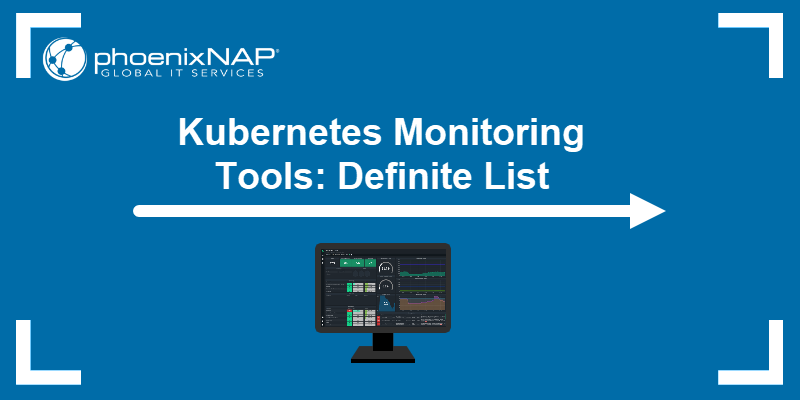
Free and Open-Source Kubernetes Monitoring Tools
There are various free and open-source Kubernetes monitoring tools available. The benefit of using open-source tools is cost efficiency and widespread community support.
Below is an overview of several open-source Kubernetes monitoring tools.
Kubernetes Dashboard
Kubernetes Dashboard is a simple tool for monitoring Kubernetes clusters and containerized applications. The tool provides a web-based user interface. Installation is straightforward through readily-available YAML files.
Key features of Kubernetes Dashboard include:

- Detailed monitoring. The tool provides a real-time view of Kubernetes cluster performance and health. Some metrics include CPU and memory usage, network traffic, and pod/node status.
- Resource administration. The Kubernetes Dashboard tool allows creating, updating, and deleting Kubernetes resources.
- Visualization. A visual overview of Kubernetes workloads simplifies troubleshooting deployment issues and monitoring resources.
- Role-based access control (RBAC). User access through roles helps segment access to resources.
Kubernetes Dashboard is a great tool for small-sized clusters. It is not suitable for the production environment due to security concerns.
Prometheus
Prometheus is an event monitoring and alerting tool for large distributed applications. The solution provides a platform for monitoring various Kubernetes metrics.
Note: Follow our guide to install Prometheus for Kubernetes monitoring.
Some key features of Prometheus for Kubernetes monitoring are:
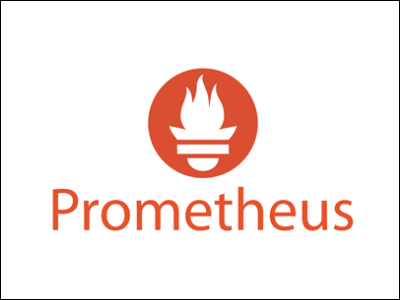
- Metrics monitoring. Prometheus uses the Kubernetes API to collect data from Kubernetes clusters. The tool provides an overview of pods, CPU and memory usage, and network traffic.
- Application monitoring. The tool collects application-specific metrics, such as errors and response times. The data resides in a time-series database.
- Alerting. A built-in alerting mechanism allows setting up alerts based on custom thresholds. Alerts help identify issues before they escalate.
- Automated scaling. Prometheus enables automated scaling based on threshold values. The tool triggers Kubernetes to scale up when CPU or memory usage increases.
Prometheus is a popular tool for Kubernetes monitoring, collecting, querying, and visualizing data. The tool is flexible and easily integrates with other solutions.
Grafana
Grafana is an open-source monitoring and data visualization tool. The solution goes hand-in-hand with Prometheus for monitoring Kubernetes clusters.
Note: See how you can create a Grafana Prometheus dashboard for monitoring Kubernetes clusters.
Some benefits of using Grafana for Kubernetes monitoring are:
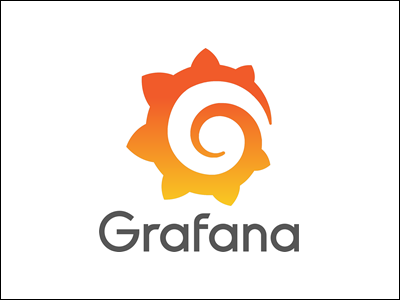
- Metric and log visualization. Grafana provides an interactive web interface with a wide range of visualization options. The dashboard feature enables the creation of custom dashboards for monitoring Kubernetes clusters.
- Alerting. A centralized alerting system through a plugin provides a GUI to create and manage alerts.
- Plugins. A plugin allows connecting to the Kubernetes API to collect data in real time.
- Collaborations. Customizable dashboards enable collaborating with team members and sharing data.
Grafana is a popular choice for Kubernetes monitoring. The tool offers advanced dashboard visualization features and simple integration with other tools.
Jaeger
Jaeger is a distributed tracing system for monitoring and troubleshooting distributed microservices. The system uses specialized Kubernetes Operators to watch specific resources. The Operators work as a runtime in a Kubernetes cluster or on a namespace.
Features of Jaeger for Kubernetes monitoring include:
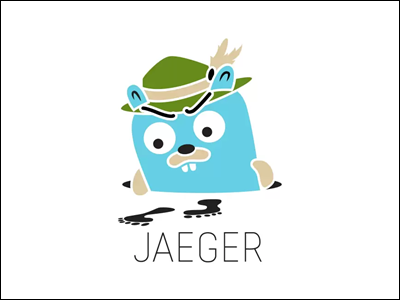
- Various deployment strategies. Jaeger Operators provide different architecture options depending on deployment strategies.
- Multiple storage backends. The system supports various databases. Popular NoSQL solutions such as Cassandra and Elasticsearch have built-in support.
- Complex monitoring. Jaeger traces transactions between services, simplifying distributed transaction monitoring and troubleshooting.
Jaeger specializes in monitoring transactions in complex distributed systems. The tool is suitable for large-scale projects.
The ELK Stack
The ELK stack (Elastic Stack) is a combination of three different open-source solutions. The stack consists of:
- Elasticsearch for storing and searching through logs.
- Logstash for parsing Kubernetes logs.
- Kibana for visualization and dashboard creation.
An ingestion tool, such as Beats, allows monitoring and collecting logs from Kubernetes. The data ships to Logstash for further parsing.
Note: Check out our guide for deploying Elasticsearch on Kubernetes.
Some features of the ELK stack for Kubernetes monitoring include:
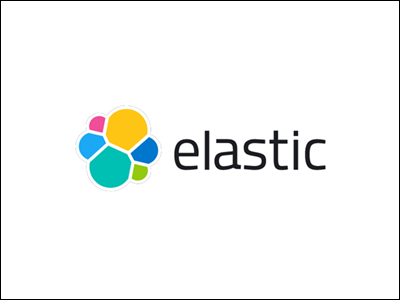
- Centralized logs. The Elastic stack provides a centralized way to view Kubernetes clusters and apps.
- Scalability. The ELK stack is scalable by design. The stack adapts to the Kubernetes workload when scaling up or down.
- Customization. The system is customizable to fit every use case and specific needs.
Kubewatch
Kubewatch is a free open-source solution for monitoring Kubernetes events and resources. The system uses webhooks to publish event notifications to messaging platforms. Kubewatch is simple to integrate into existing communication channels.
Features of Kubewatch include:
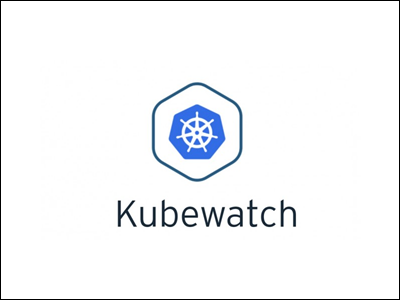
- Lightweight. The monitoring tool is simple to deploy as a Kubernetes deployment or Helm chart. The setup process is simple and easy to integrate.
- Customizable. Kubewatch offers various event filtering options, customizable notification templates, and custom event handlers.
- Real-time monitoring. Messaging platform integration enables the monitoring of Kubernetes resources in real time. Viewing and responding to critical events becomes simple.
The simple tool easily integrates with other monitoring systems, making it a highly flexible choice for Kubernetes monitoring.
OpenTelemetry
OpenTelemetry is a group of tools for collecting and analyzing metrics in distributed systems. The framework provides valuable insights into services and helps optimize their performance.
Key features of OpenTelemetry include:
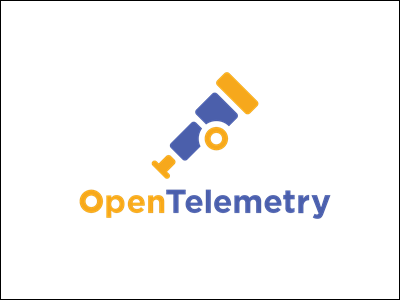
- Data tracing. OpenTelemetry traces, collects, and analyzes data from Kubernetes services and applications. The tool provides insight into several microservices and containers at once.
- Metrics. The framework gathers key metrics from various Kubernetes resources. The data provides real-time insight into the state of a Kubernetes environment.
- Logging. Log collection and analysis of Kubernetes data provides a real-time view of incidents.
OpenTelemetry is a flexible and customizable framework for centralized Kubernetes monitoring.
Paid Kubernetes monitoring tools
Paid Kubernetes monitoring tools are commercial products and software solutions. The tools have a feature-rich environment and superior support compared to open-source solutions.
Below is a brief overview of several paid Kubernetes monitoring tools.
Logtail
Logtail is a log management and analysis tool with Kubernetes support. The solution creates an observability pipeline between Kubernetes resources and the Logtail platform. Logtail is simple to set up through a Helm chart or Kustomize.
The tool offers a free version with simple functionalities. Different pricing levels are available based on team size and the number of data sources.
More features of Logtail include:
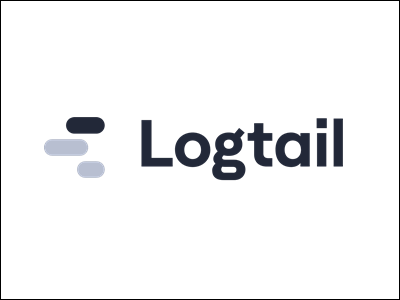
- Advanced collaboration. The platform offers built-in collaboration with team members. Sharing log and interactive dashboard data provides quicker insights.
- SQL compatibility. Logstail supports SQL queries for analysis and custom reports. SQL compatibility allows data migration into popular BI tools.
- Structured data format. The platform stores logs as structured data, which is simple to search and filter.
- Secure design. Logtail implements industry standards and secures data in transit and at rest. The platform ensures data is GDPR and SOC 2 Type II compliant.
The tool deploys as a Kubernetes pod or container that collects data from within the cluster. Logtail contains various advanced features to manage Kubernetes log data in a centralized manner.
Mezmo (LogDNA)
Mezmo (formerly LogDNA) provides a logging tool with a specific focus on Kubernetes enrichment. The tool provides a centralized platform for monitoring Kubernetes events, resources, and logs. Various features enable customizing alerts and tracking the health of a Kubernetes production environment.
Mezmo Log Analysis Enterprise edition provides the full features of K8S enrichment. All other editions provide limited features.
Features of Mezmo include:
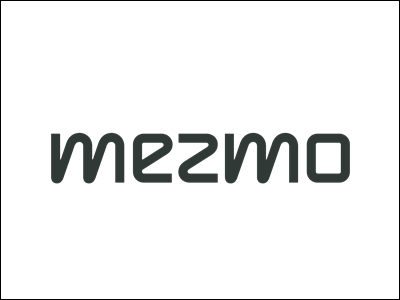
- Metadata filtering. Log Analysis offers advanced pod metadata filtering using custom regex. Filtering allows logging data from specific resources only and easily searching through logs.
- Statistics per log entry. The pod and node statistics in a cluster showcase the memory and CPU usage for every log entry. Other features enable prioritizing specific log types and setting up advanced alerts.
- Custom log parsing. Mezmo Log Analysis supports all common log types and custom parsing rules.
Sumo Logic
Sumo Logic is a comprehensive monitoring tool for Kubernetes. The app provides a detailed overview of Kubernetes deployments. Sumo Logic serves as a DevSecOps platform for monitoring Kubernetes objects.
The app has a free version and advanced pricing plans. Paid versions provide more functionalities and premium support.
Some features of Sumo Logic for Kubernetes monitoring are:

- Simple navigation. The application provides a detailed overview of Kubernetes clusters and logs. Navigation is simple and intuitive.
- Adaptable. A Helm chart sets up native integration with various data collection and CI/CD tools. Sumo Logic adapts to the current state of a Kubernetes setup.
- Transaction monitoring. The tool has distributed transaction tracing for monitoring Kubernetes-based applications.
New Relic
New Relic is an observability software for monitoring infrastructure, applications, and log management. The Kubernetes integration helps view Kubernetes cluster performance. New Relic provides insight into namespaces, deployments, nodes, pods, and containers.
The tool offers a free model with 100GB/month of data ingestion for free, and charges after the threshold. Upgrades are available for more fully-featured plans.
Other functionalities of New Relic for Kubernetes monitoring include:
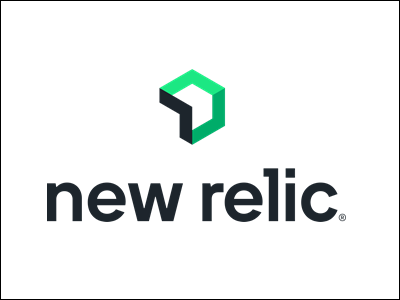
- Customizable alerts. Custom alerts help define focus points on conditions that need immediate attention.
- Applied intelligence. A machine learning mechanism detects anomalous behavior and correlates relevant incident information.
- Advanced data querying. The New Relic Querying Language searches through data. Advanced options are available through an API.
Weave Scope
Weave Scope is a monitoring, visualization, and management platform for Kubernetes and Docker. The solution consists of three parts: the probe, app, and UI.
Weave Scope runs as a standalone open-source application that you manage and host. The paid version hosts the app and UI on Weave Cloud while probes run in the Kubernetes environment.
Features of Weave Scope are:
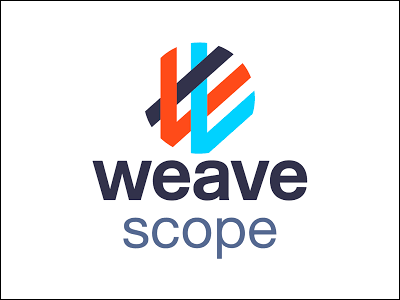
- Logical topology. Weave Scope maps application and infrastructure topology as nodes and edges. This provides a visual of TCP connections between different node types.
- Scope views. Views enable high-level and context-sensitive data filtering and exploration. For Kubernetes, Weave Scope generates views for pods, replica sets, services, and deployments.
- Container management. The UI allows for managing and troubleshooting pods, containers, and hosts. Start, stop, restart, or delete pods in the UI or from a built-in terminal window.
DataDog
DataDog is a popular Kubernetes monitoring and analytics tool. The application excels at monitoring complex environments and infrastructures. DataDog deploys as a containerized application inside a Kubernetes cluster.
DataDog features a free plan with core features and two paid plans with advanced functionalities.
Key features of DataDog for monitoring Kubernetes are:
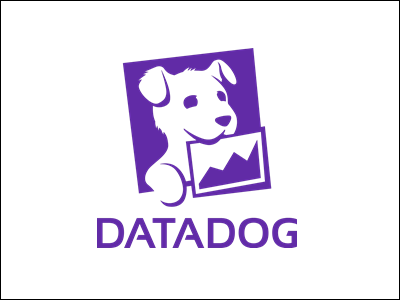
- Automated discovery. The app detects and maps Kubernetes objects and applications. Automated discovery simplifies the initial setup.
- Real-time monitoring. DataDog collects metrics and logs from Kubernetes elements in real time. Access to real-time data improves troubleshooting and analysis.
- Intelligent alerts and detection. Machine learning algorithms help detect anomalies based on customized metrics and thresholds.
DataDog aims to simplify integration and provides valuable insight into any Kubernetes-based infrastructure.
Dynatrace
Dynatrace is a cloud monitoring tool that offers a full-stack solution for Kubernetes. The tool tracks events between Kubernetes elements, resource usage, and app health.
Dynatrace offers different log management and analytic plans. The plans differ based on data ingestion, retention, and querying thresholds.
Some key features for Kubernetes monitoring include:
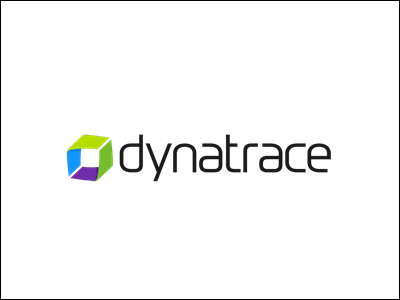
- AI engine. Dynatrace uses AI to detect the root cause of anomalies and create prioritized alerts.
- Continuous mapping. The tool tracks resource utilization and infrastructure health in real time, ensuring business continuity.
- Automated tracing. Dynatrace provides microservice and container discovery. The tool traces requests across different Kubernetes elements.
Overall, Dynatrace is a comprehensive observability tool with a focus on automation and intelligent discovery.
How to choose the right Kubernetes monitoring tools
There are many Kubernetes monitoring tools to choose from. Making the right choice depends on the current infrastructure. Kubernetes is an environment that scales and requires tools that follow the pace.
Many monitoring tools take a centralized approach. Connecting several tools into a single environment becomes crucial with larger infrastructures. Therefore, picking the tool that can fulfill the requirements is essential.
Conclusion
After reading this guide, you know about the best open-source and commercial solutions for Kubernetes monitoring.
Next, read about Kubernetes monitoring best practices to employ an efficient monitoring plan.